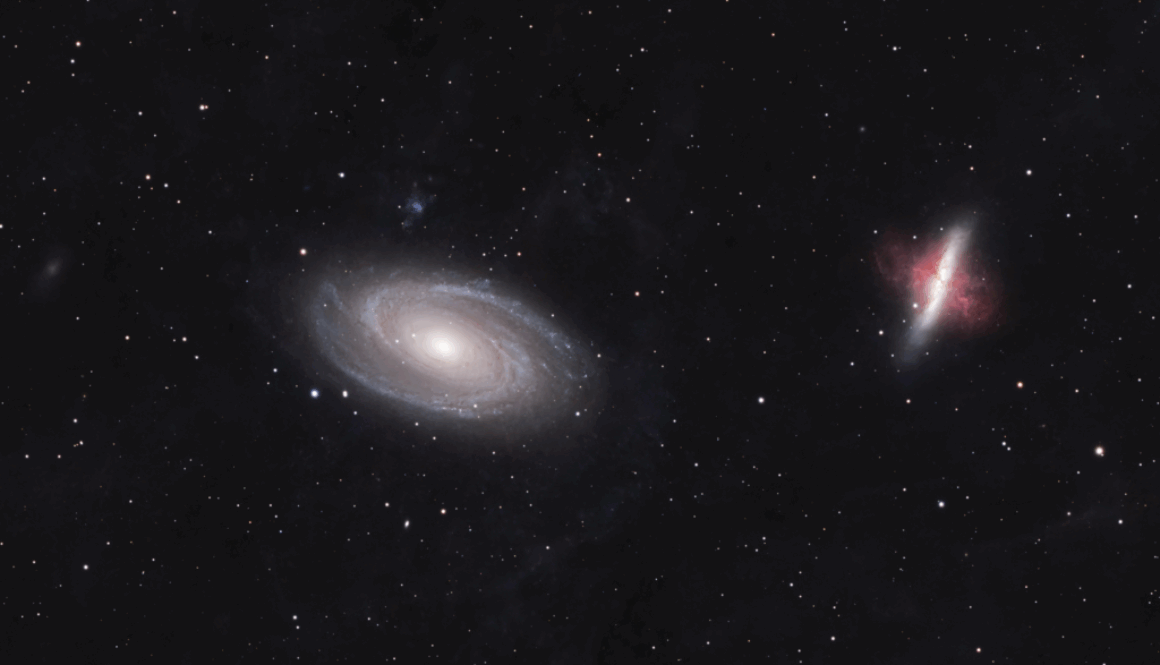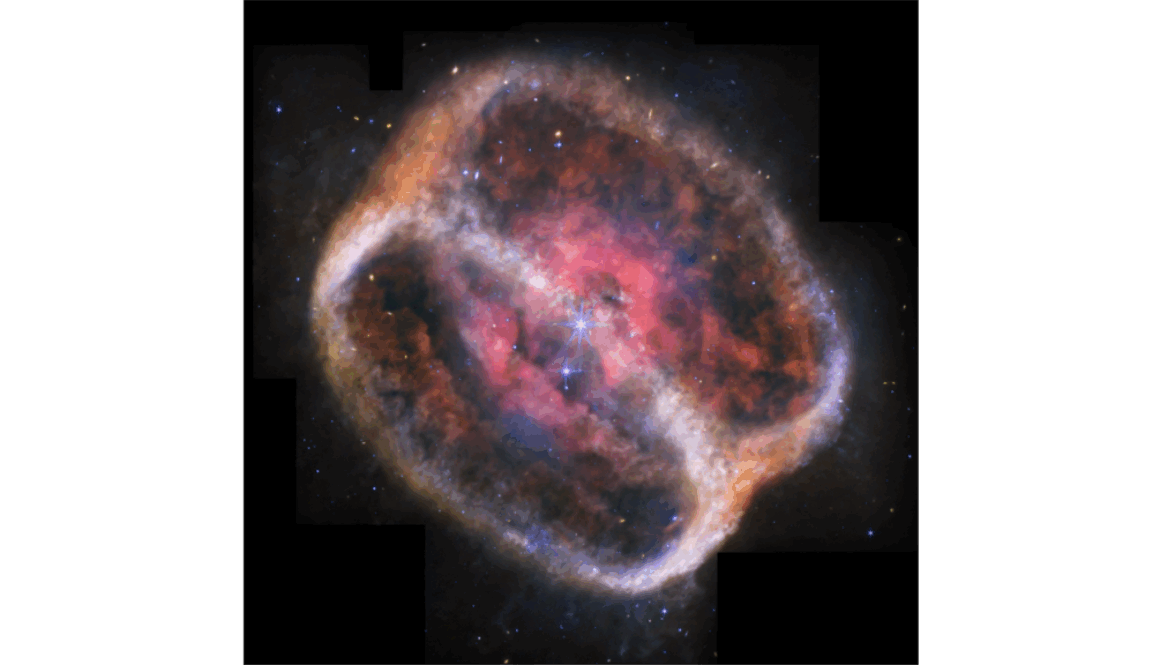Join our Speakers Bureau!
The Speakers Bureau of Battle Point Astronomical Association is looking for individuals to join us in promoting science education through engaging talks and presentations!
The Speakers Bureau of Battle Point Astronomical Association is looking for individuals to join us in promoting science education through engaging talks and presentations!
Movies at the Planetarium is poised to make a comeback, but we need volunteers to get trained up and help out!
Battle Point Astronomical Association invites you to Paint Nights at the Planetarium! Inspired by a planetarium show, you will learn to paint with acrylics on an 11” x 14” canvas suitable for framing.
May 20, 7:00pm
Topic: TBA
On the third Tuesday of each month, we have been engaging in COSMIC CONVERSATIONS at the Ritchie Observatory in Battle Point Park.
Every Tuesday, 10:00am – 3:00pm
There’s always a lot to do at the Ritchie observatory!

Source for events and links are In-The-Sky.org, Dominic Ford, Editor. The links provide details for each event including a scale on how difficult they are to observe.

The Vera C. Rubin Observatory, located on Cerro Pachón in northern Chile, is set to begin a significant 10-year sky survey aimed at mapping the universe in 3D and searching for transient phenomena. This 8.4-meter telescope will complement existing facilities in the area, including the Gemini South and SOAR telescopes. The observatory’s design minimizes air turbulence, and it features a coating plant for maintaining its giant mirrors. Despite delays caused by the Covid pandemic, the observatory is expected to achieve first light within the year.

NASA’s James Webb Space Telescope has captured the most detailed image of planetary nebula NGC 1514, revealing intricate dust clumps and holes in its bright central region due to mid-infrared observations. This nebula, formed over 4,000 years, centers around a binary star system, one of which, a former massive star, expelled gas and dust during its evolution, now visible thanks to Webb’s advanced imaging capabilities. The findings represent a significant advancement in understanding the turbulent nature of such nebulae.

All throughout the Universe, ranging from just a few times our Sun’s mass all the way up to supermassive scales, black holes are found almost everywhere.
According to Stephen Hawking and the concept of Hawking radiation, black holes cannot remain stable forever, but must inevitably decay.
And yet, across the entire Universe for all the time we’ve been observing it, we’ve never once seen a black hole actually decay.